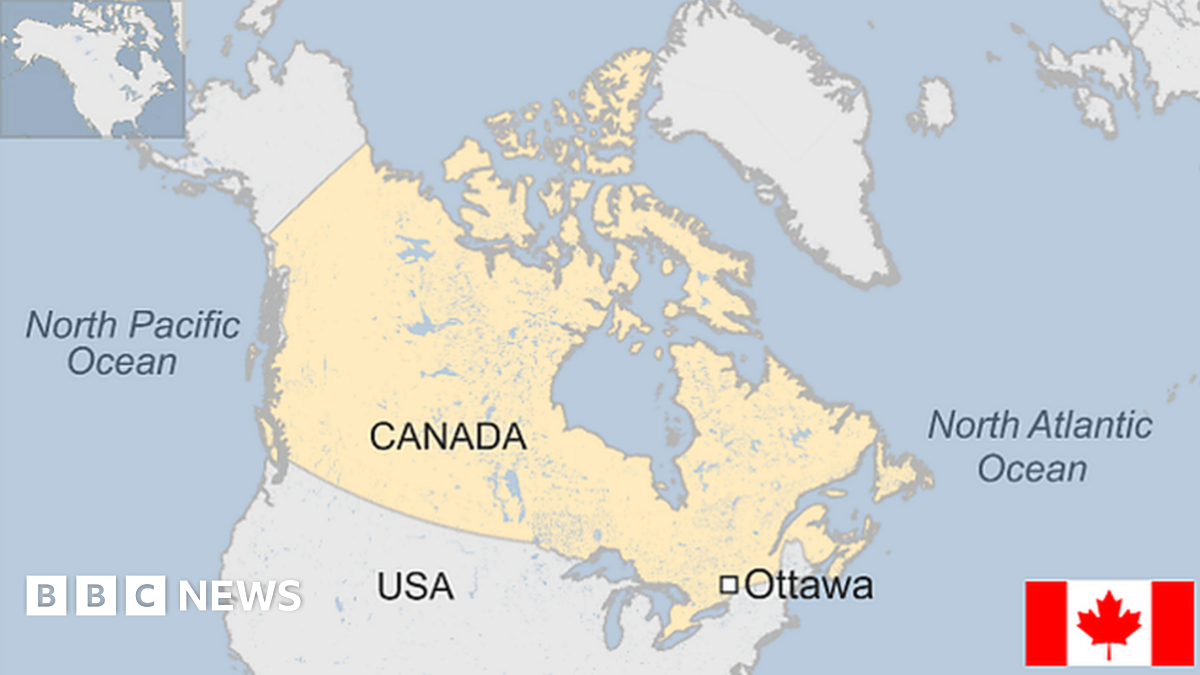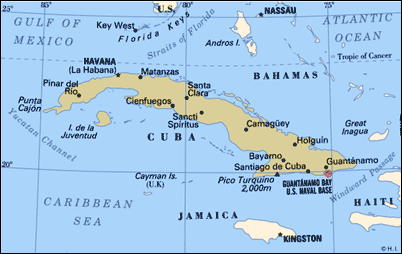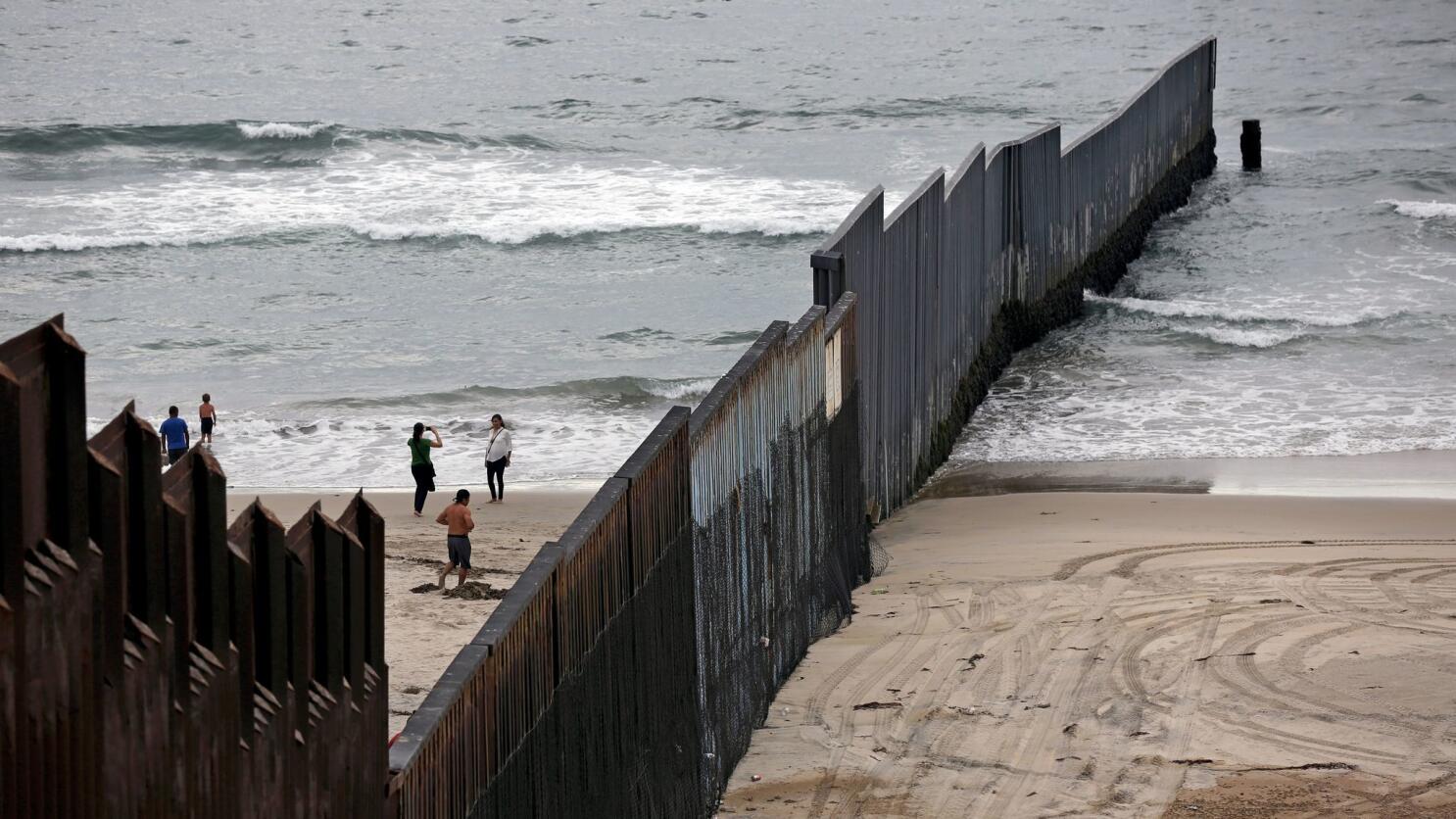The United States has vast bodies of water on both its eastern and western boundaries, making it a nation with a lot of sea borders. The U.S. shares land borders with only Canada and Mexico; however, the U.S. is also geographically close to various countries by sea. These countries, geographically located to the northeast, north, and east of the U.S., are to be found across the Atlantic Ocean, the Pacific Ocean, the Gulf of Mexico, in the Caribbean Sea, and to the north, and actually up into the Arctic Ocean.
Of course, these ocean areas may be important to our neighbouring countries, but they equally impact several areas, such as trade and commerce, security cooperation, immigration and travel, and even environmental cooperation.
It is valuable to learn which countries border the United States through bodies of water, ultimately understanding who we share land with at sea, and becoming aware of America’s global connections and importance. This article describes some of the countries that border the United States across waters and some of their geographical and regional significance to the United States.
Check Out: List of U.S. Territories with Their Own Time Zones
Neighboring Countries of the U.S. by Sea
Here is the complete list of all neighboring countries of the U.S. by Sea:
| Country | Approx. Distance to U.S. | Shared Water Body |
| Canada | Varies (coastline overlap) | Atlantic, Pacific, Arctic |
| Mexico | Direct sea border | Gulf of Mexico, Pacific Ocean |
| Russia | 2.4 miles (Bering Strait) | Bering Sea |
| Cuba | 90 miles from Florida | Florida Strait, Caribbean Sea |
| Bahamas | 50 miles from Florida | Atlantic Ocean |
| Dominican Republic | 650 miles from Florida | Caribbean Sea |
| Haiti | 700 miles from Florida | Caribbean Sea |
| Jamaica | 550 miles from Florida | Caribbean Sea |
| Turks and Caicos (UK) | 575 miles from Florida | Atlantic Ocean |
| Bermuda (UK) | 650 miles from the NC coast | North Atlantic Ocean |
1. Canada

Canada and the U.S. not only share the largest land border in the world, but they also share significant sea boundaries. The maritime boundaries in these two countries include state waters in the Atlantic Ocean, the Pacific Ocean, and even the Arctic.
Coastal regions of Alaska, Washington, and Maine are facing Canadian waters. In some regions of the world, such as the Gulf of Maine or the Beaufort Sea, discussions of the specific sea boundary remain ongoing.
Both countries are, however, cooperating on issues related to the maritime, such as the fishing industry, environmental protection, and shipping. Therefore, because of their proximity and connection across maritime boundaries, Canada stands as one of the U.S.'s most significant sea neighbours with an ongoing commitment to future cooperation in resource management and safe, open waterways.
2. Mexico
The United States and Mexico share not only a land border but also maritime boundaries in both the Gulf of Mexico and the Pacific Ocean. These sea borders impact states such as California and Texas, and Baja California. The Gulf of Mexico is of particular significance for oil, fishery areas, and shipping lanes.
The two countries have agreements that assist with defining the beginning and ending of each country's territorial sea. The cooperation between the U.S. and Mexico is essential for managing marine resources, illegal fishing, and environmental protection.
The two countries also cooperate on search and rescue and control maritime drug trafficking. This sea relationship also has the added benefit of strengthening the already long-standing relationship between both countries.
3. Russia

The United States and Russia are closer than most people realize; you could throw a rock and hit one or the other. The Bering Strait separates the two by just a few miles! This narrow stretch of water that separates Alaska from Russia's Far East makes the two countries maritime neighbours. In 1990, the US and Russia signed an agreement on the sea border completely in dispute; Russia has never accepted the treaty, and therefore, some of the boundaries are still in dispute. The two countries as a whole generally respected the unofficial line and have managed the maritime activities in the area.
4. Cuba

Cuba is only about 90 miles south of Florida, separated by the Florida Strait and a few hours' distance by boat or plane. So, naturally, in addition to this very close proximity, there is a maritime boundary which was agreed under the Treaties of 1977 between the US and Cuba. There was never final ratification of this deal by either government, although it is honored as a practice. The maritime boundary will help the U.S. mitigate and manage activity related to migration, drug trafficking, safety at sea, among others, and of course will dictate fishing rights and obligations, and various environmental provisions.
5. The Bahamas
The Bahamas, which are a series of islands in the Atlantic Ocean, are located southeast of Florida. While not directly next to each other, the mainland U.S. and the Bahamas are close neighbors at sea and have a formal nautical boundary. Seabeds around the Bahamas, along with the islands themselves, are important to both countries to address coastal security, fishing zones, and emergency hurricane responses. The waters between Florida and the Bahamas are heavily traveled by large cruise ships, cargo ships, and small boats. The waterways are frequently traversed and require coordination between countries on enforcement and safety issues. Both countries cooperate on law enforcement matters to respond to cases of illegal immigration and drug smuggling.
Conclusion
Many of these maritime neighbours, especially in the Caribbean, lie close to Florida, such as Cuba, the Bahamas, and Jamaica. Others, like Russia and Canada, are sea neighbours through the Arctic and Pacific regions. These maritime connections are important for trade, security, environmental protection, and regional cooperation. Understanding the U.S.'s sea neighbours highlights the country’s geographic reach and strategic relationships across different oceans and regions, making it a truly global maritime presence.

Comments
All Comments (0)
Join the conversation